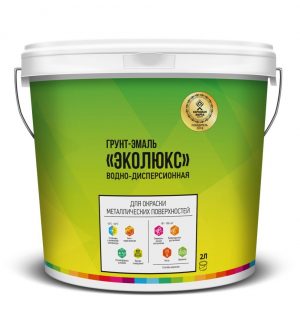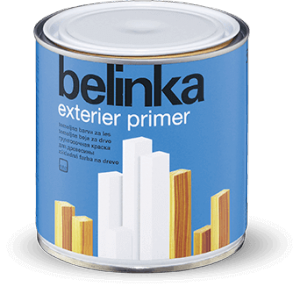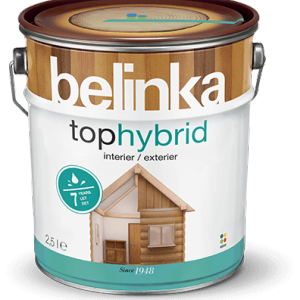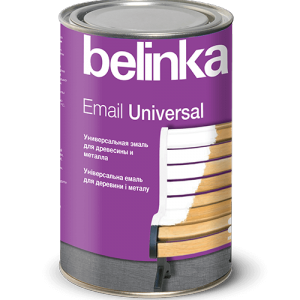Specifications :
| No | Name of the indicator | Requirements TNPA |
| one | Color of a covering soil-enamel: white; Gray; green; the black; red-brown; beige
– lemon yellow RAL 1012; – light ivory RAL 1015; – yellow rapeseed RAL 1021; – transport yellow RAL 1023; – yellow dahlia RAL 1033; – fire red RAL 3000; – ruby red RAL 3003; – purple-red RAL 3004; – transport red RAL 3020; – sky blue RAL 5015; – transport blue RAL 5017; – green foliage RAL 6002; – turquoise-green RAL 6016; – Mint green RAL 6029; – light green RAL 6027; – signal green RAL 6032; – gray protein RAL 7000; – graphite gray RAL 7024; – window gray RAL 7040; – TV gray RAL 7046; – walnut brown RAL 8011; – red-brown RAL 8012; – white RAL 9003; – black RAL 9005 |
It must be within the tolerances established by the color control samples. The hue is not standardized. It must correspond to the RAL scale of the color register
RAL 840 HR
|
| 2 | The appearance of the coating primer enamel | After drying, the coating should be smooth, uniform, matte. Small shagreen is allowed. |
| 3 | Conditional viscosity according to VZ-246 viscometer with a nozzle diameter of 6 mm at a temperature of (20.0 ± 0.5) ° С, s, not less |
30 * |
| four | Mass fraction of nonvolatile substances,% | 53 ± 2 |
| five | Milling degree, µm, not more | thirty |
| 6 | Drying time to degree 3 at a temperature of (20 ± 2) ° С, h, not more
(62 ± 2) ° С, min, not more than |
one
20 |
| 7 | Hydrogen ion concentration, pH | 7.5 – 9.0 |
| eight | Coating hardness by pendulum device type TML (pendulum A), relative units, not less | 0.2 |
| 9 | Coating strength at impact on U-1 device, cm, not less |
50 |
| ten | Bending elasticity of the coating, mm, not more | one |
| eleven | Adhesion of coating, points, not more | one |
| 12 | Coating resistance to static effects at a temperature of (20 ± 2) ° С, h, not less than: distilled water
3% sodium chloride solution gasoline (nefras – C2-80 / 120) industrial oil |
120 48 72 96 |
| 13 | Resistance of the coating to the static effect of the detergent solution at a temperature of (40 ± 2) o C, min, not less: |
15 |
| 14 | Covering service life under operating conditions: UHL1, years, not less
T1, years, not less |
6
2 |
| * For consumers using the airless or combined method of application, primer enamel is produced with a conditional viscosity using an OT viscometer – 246 with a nozzle diameter of 6 mm for at least 200 s (to be specified when ordering). | ||
Benefits: The primer enamel provides anti-corrosion protection for steel and cast iron surfaces. Forms a high-quality, durable, elastic coating. Differs in high oil-, water-, salt-, petrol resistance. Easy to apply, dries quickly in natural conditions, forms a smooth matte finish. When applied does not create harmful and flammable fumes. Virtually odorless.
Surface preparation: Preparation of the surface of the product for painting with primer-enamel is carried out in accordance with the requirements of the technical regulations on the product, GOST 9.402 or STB ISO 12944-4.
Oil, grease, marking paint, dirt and other substances, such as mineral contaminants, water-soluble salts that affect the quality of surface preparation, should be removed from the metal surface. It is necessary to remove incisions, burrs, welding spatters, round sharp edges, corners, teeth and welding seams. Then the surface should be thoroughly cleaned of rust, scale and other contaminants, dust-free, degreased and dried. It is most thoroughly necessary to clean the surface in the weld zone up to 3 cm wide from residues of fluxes, alkaline slags and oxides formed during welding.
To improve the protective properties of the surface, it is recommended to pre-clean the sandblasting or shot blasting to the degree of cleaning oxides 1 – 2 according to GOST 9.402.
Coloring should be done no later than 4 hours after surface preparation.
To weld the seams, butt edges and hard-to-reach places, prior to painting, apply priming enamel with a brush in the form of a “strip layer”.
The previously painted surfaces are cleaned of the fragile layers of the old coating, the exfoliated old coating is removed, the entire surface is cleaned, dedusted, degreased and dried. The boundaries between the cleaned surface area and durable paint material are polished to a smooth transition and cleaned of dust. If the appearance of the old paintwork is unknown, it should be checked for compatibility (it is recommended to carry out a control painting of a small surface area). In the case of swelling or peeling, the old coating must be completely removed.
The surface to be painted must be dry. It is not recommended to paint the surface in rainy weather, at high humidity and temperature below 15 ° С. To avoid moisture condensation, the temperature of the surface to be painted should be above the dew point temperature by at least 3 ° C.
Coating: Primer enamel is applied to the surface by pneumatic, combined or airless spraying, dipping or brushing.
Before applying, the primer enamel is thoroughly mixed and, if necessary, diluted with water in an amount of not more than 10% by weight of the primer enamel, depending on the method of application, and allowed to stand until the air bubbles disappear.
The consumer independently selects the working viscosity depending on the production conditions (ambient temperature in the room, the diameter of the spray nozzle, the working pressure of compressed air, etc.)
When used as a primer – primer-enamel is applied in 1 – 2 layers, as an independent coating – at least 2 layers. Drying each layer is at least 1 hour at a temperature of 20 ° C and relative air humidity (65 ± 5)%. Drying time depends on the temperature and humidity of the air, the intensity of air exchange at the painted surface. It is allowed to carry out the drying of the coating at a temperature of
(62 ± 2) ° C for 1 hour.
The recommended thickness of the single-layer dried coating is not less than 35 microns. After sandblasting or shot blasting, the thickness of the coating should be increased, taking into account the roughness Ra. The increase in the number of layers of soil-enamel allows you to increase its protective properties.
For the formation of a coating of Eco-enamel primer with subsequent operation in a tropical climate, as well as improving adhesion and protective properties, preliminary phosphating or priming of the prepared surface of products with a phosphating primer VL-02 is recommended. Overlapping the primer enamel with other materials is allowed after hot drying after 1 hour, after natural drying – no earlier than after 24 hours exposure to air.
The consumption of soil enamel on a single-layer coating is 80 – 100 g / m² without regard to surface preparation, product configuration, application method, coating thickness, soil-enamel color and other factors and is determined by the method of test painting.
It is not allowed to mix the primer enamel with other paints and varnishes and organic solvents. Dilute with water only.
Coating service life: The service life of a coating consisting of two layers of primer-enamel applied on a prepared metal surface in a temperate and cold climate (UHL1) is at least 6 years.
The service life of the coating consisting of a single layer of primer VL-02 and two layers of primer-enamel applied on the prepared metal surface in a tropical climate (T1) is at least 2 years.
The coating retains its protective and decorative properties while observing the requirements of the TNPA for coating, drying and operating in climate conditions UHL1 and T1.
Storage: Enamel primer is stored in a tightly closed plastic container at an ambient temperature of + 5 ° C to + 35 ° C. Direct sunlight is not allowed. In winter, primer enamel is transported in insulated transport.
Precautionary measures: Persons associated with paint work must be provided with personal protective equipment (workwear, goggles, rubber gloves). In case of accidental contact with eyes, mucous membranes and skin, rinse with plenty of water.
The dried coating has no harmful effects on the human body.










